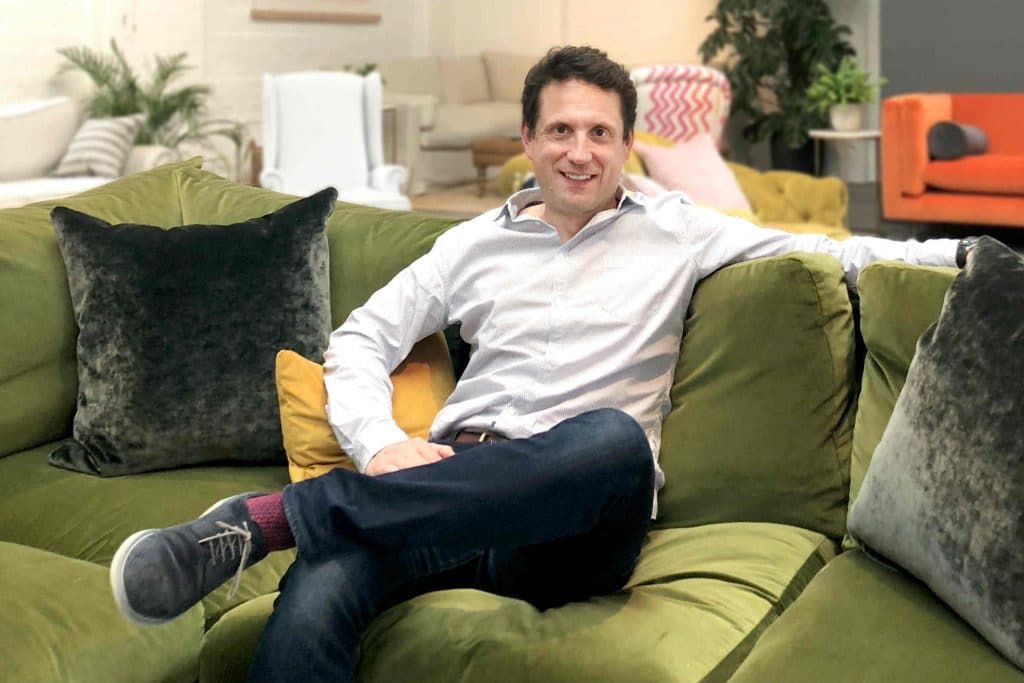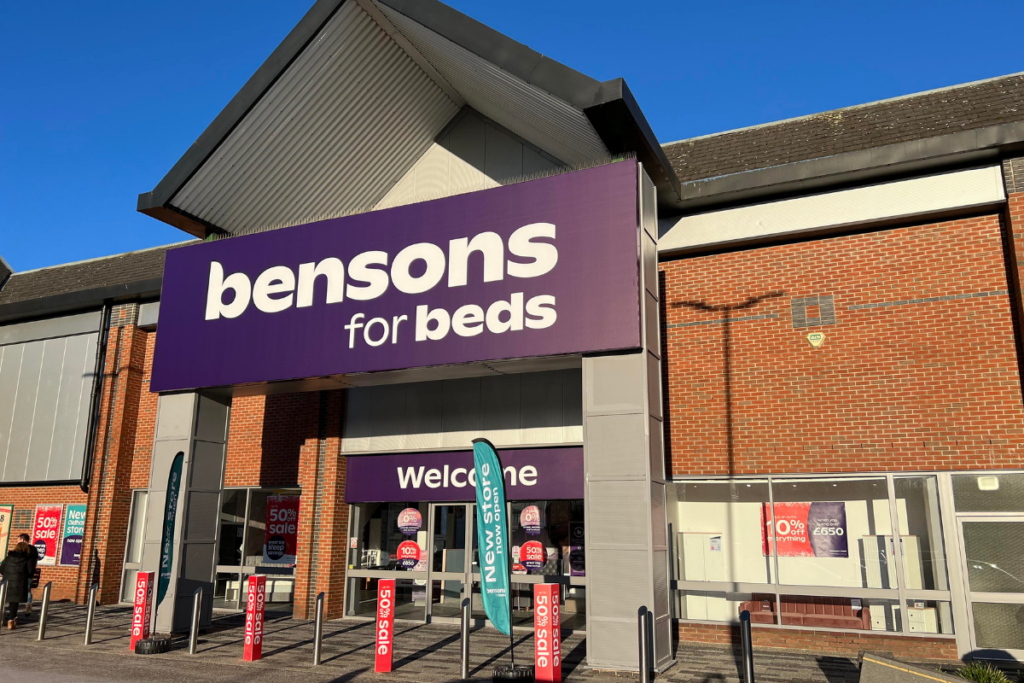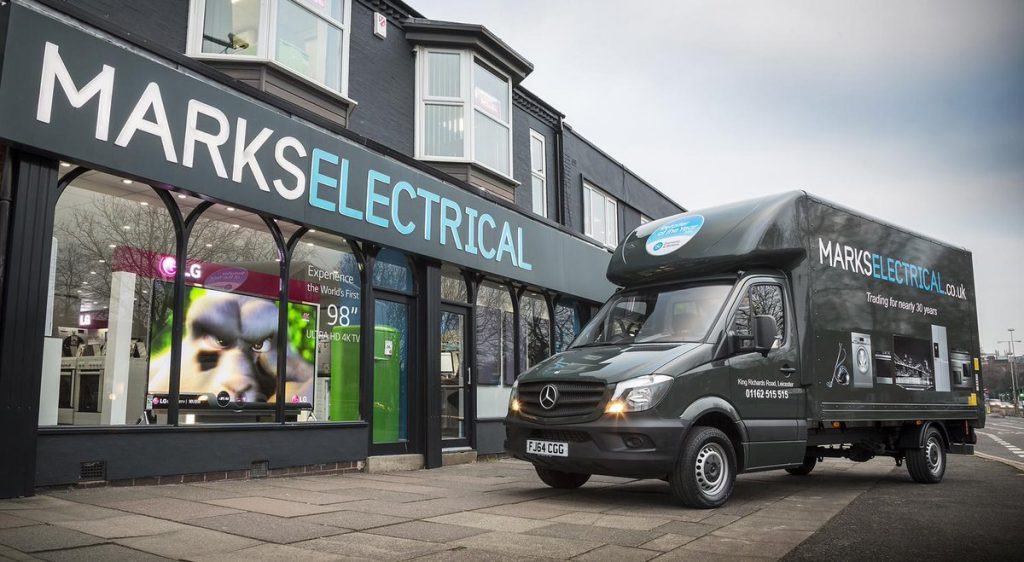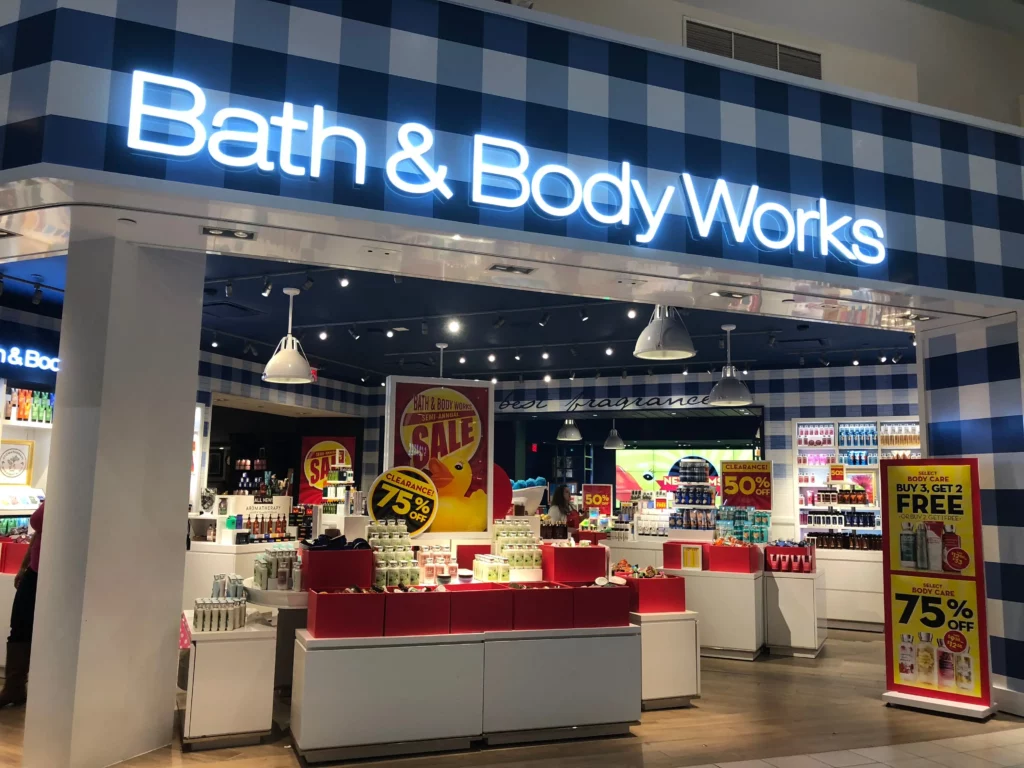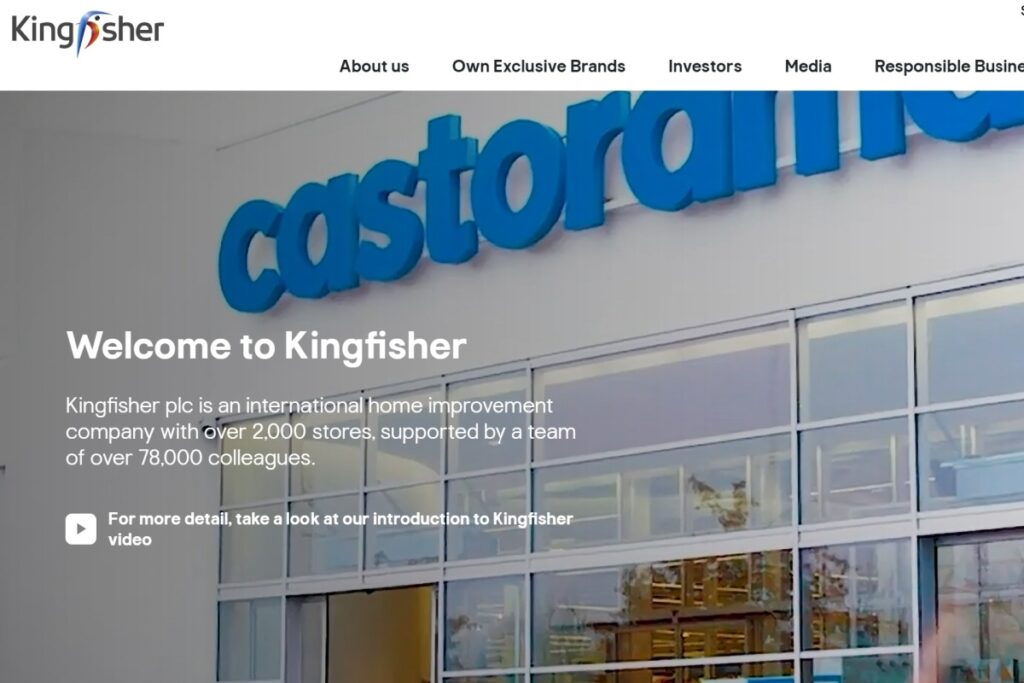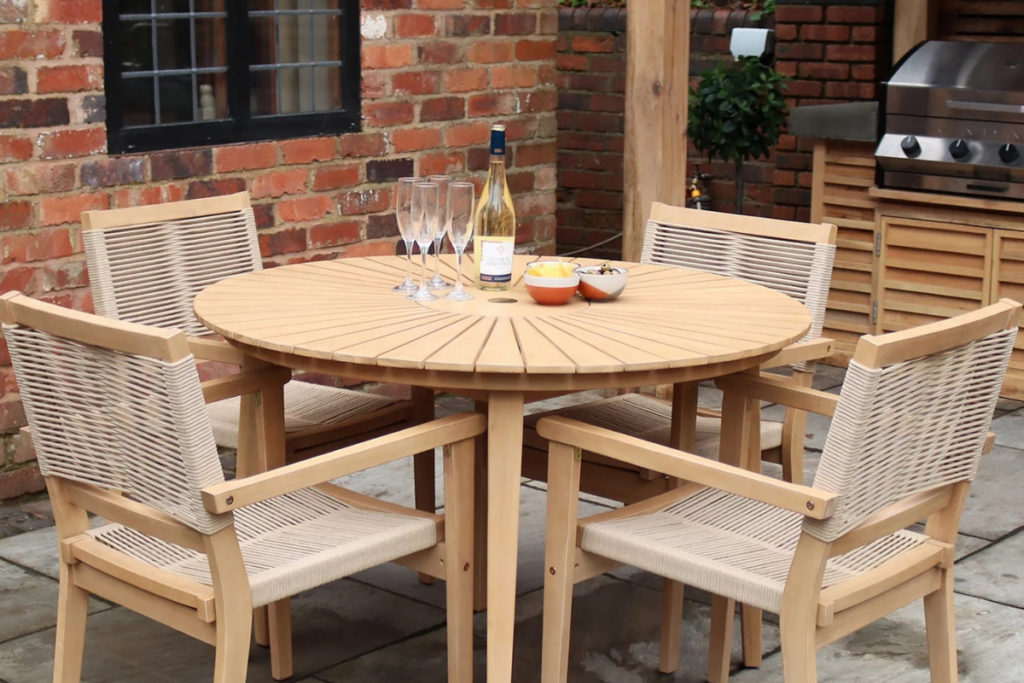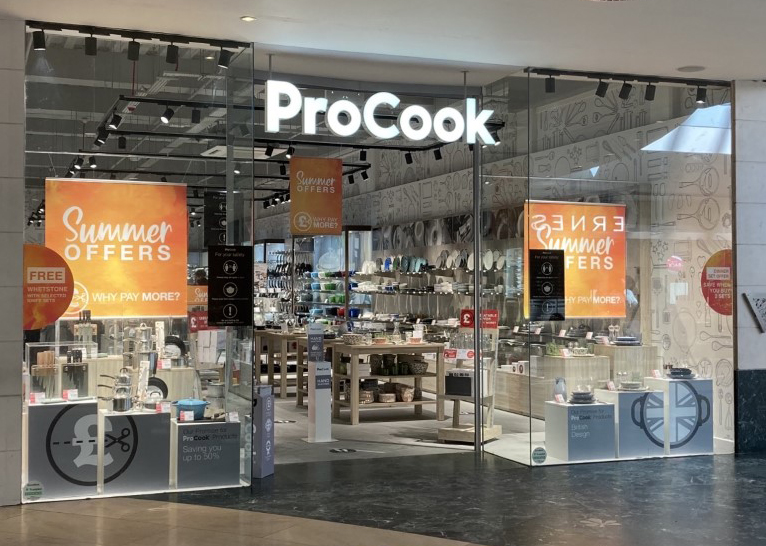Tell us about the Arlo & Jacob story.
We came up with the concept about four years ago. We had access to a factory that had been going for nearly 90 years based in Long Eaton that, at that time, was B2B focused. Inspired by the factory’s long-standing heritage, and the fact that we could be both the manufacturer and the retailer, which in itself offers a unique business advantage, we decided to create a consumer-facing brand to give the factory a direct route to market.
Arlo & Jacob is one of the few vertically integrated upholstery retailers in the UK. Most sofa retailers in the UK buy from overseas or in the UK via third parties, which can create a disconnect in the chain; however, we produce and retail our own furniture which gives us significant advantages.
Once we had the idea, we then employed an ecosystem of agencies to work with us to bring the brand to life, one of those being a branding agency. While setting up the new venture, we decided to give it a working name, my sons’ names – Arlo and Jacob. No other names stuck despite many efforts, and in the end, it was the name we loved the most. The name resonates with the brand – we’re a family business, and our brand is aimed very much at the home and the family. What better way to reflect our family values than with my boys’ names.
“We produce and retail our own furniture which gives us significant advantages”
What’s in store for Arlo & Jacob in 2018?
We’ve just come out of our start-up phase, and now we’re going into an expansion phase. The goal over the next two years is to open a number of regional Arlo & Jacob showrooms, and we’ve now got all the pieces in place to make this happen.
We’ll be investing over £5 million in the next two years which will allow us to increase our bricks and mortar presence across the country, permit greater investment in technology and fast forward product development.
We will continue to invest in our e-commerce platform, as it’s our primary route to market, but we are embracing the hybrid model where we will have physical spaces too.
Product development remains a big focus, alongside furniture product design, and we’re aiming for one new product drop every month throughout 2018. Our goal is to be known as the go-to premium sofa design brand for discerning customers. By continuing to be a specialist, we will add value and maintain the exceptional quality that we are known for.
Arlo & Jacob is still a relatively new business – it’s only three years old, but in 2017, we grew by 50 per cent in, what was for others, a difficult market. We set ourselves even higher goals this year to maintain that rhythm of growth over the next three to four years. Tripling our showroom space in 2018 through new regional locations will help with the aim in mind to be generating revenues of £12-£15 million in three years.
Have you found any new permanent bricks-and-mortar location(s) yet?
Yes, one that we can share with you now. Our new showroom will open in Bristol at the end of the summer, with a third to open shortly afterwards.
“It’s clear that retailers realise the store experience is increasingly important, and that to remain relevant, stores need to be more than just transactional.”
More pureplay etailers are emerging as clicks-and-bricks style retailers. Do you think this will become the new norm?
There has been a phenomenal shift in retail over a very short period of time. Our original model – which was nearly solely online – a model that was at its height when we launched the business in 2015 has morphed considerably.
Online still outperforms the rest of the market, but we understand that the store still has a key role to play as there is demand for the experiential transaction – customers want to touch, feel and sit on the product, and so you have a movement where the new generation of retailers are now going for physical space too.
Meanwhile, traditional retailers are investing heavily in technology to give them an online presence. Therefore, we’re having a convergence of the two markets – online and physical. Then, add into the mix the fantastic innovations in mobile technology, and we have an omnichannel model.
How is A&J addressing some of the challenges facing the market environment in the home and furniture retail sector?
Controlling rising costs – rising costs will continue to exert pressure on margins and force retailers to focus on cost reduction and operational efficiency even as demand starts to pick up in an uncertain market. As both manufacturer and retailer, Arlo & Jacob has more control over the value chain, so we’re able to control cost and maximise efficiency, which results in increased competitiveness.
Addressing the skills gap – there is a very real skills gap affecting the industry. The industry itself is not faultless, and this can be attributed to the lack of investment in training. To overcome this, our factory run apprenticeship schemes, to bring on youngsters and develop the skills needed for the future.
Being more than just a store – we are working to seamlessly combine online and offline by opening further showrooms while increasing our online presence to create the perfect omnichannel operation. It’s clear that retailers realise the store experience is increasingly important, and that to remain relevant, stores need to be more than just transactional. It’s also key to consider the role of online and its presence in the bricks and mortar stores. Making digital the core of the brand means that it’s crucial for the online experience to be replicated offline in a physical capacity, to create a seamless online and offline link providing consumers with the best (and most succinct) experience.
Responsive – if retailers want to thrive in the coming years, then it is important to adapt and respond moving forward. In my view, the failures that we have seen recently in retail are as much about not keeping up with new consumer buying patterns, tastes and expected levels of service as they are a reflection of demand or economic climate. Particularly at our price point in the furniture sector, the consumer has never been more design conscious and demanding of personal and expert service. And that level of service doesn’t end on the phone or in the store; it extends right through to the delivery service with the expectation that lead times are ever shorter (the Amazon effect), promised delivery dates are adhered to and the service itself is “white glove”. It’s all quite a challenge for the modern retailer, but we’re up for it.
“The consumer experience needs to be compelling enough for them to stay and return.”
What would you say is the biggest risk for the retail sector as a whole, given the current climate?
Economically, there are challenges in big-ticket items at the moment. The Brexit vote you can’t ignore – economic and political uncertainty is never good for a business. Although the devaluation of the pound due to Brexit has had an effect on Arlo & Jacob since some of our materials are sourced abroad, for instance, our Italian velvet, this is counteracted by the fact our labour costs are all sterling.
As touched on earlier, one of the greatest risks to the retail sector is the need to reimagine the traditional store and think innovatively. Being relevant and exciting has never been more paramount, and the consumer experience needs to be compelling enough for them to stay and return. Giving digital a physical presence is key, for instance, some stores are experimenting with augmented reality (AR) and virtual reality (VR), creating an overall immersive experience, while others offer visual search options since more and more consumers start their shopping journey with an image.
As I’ve mentioned, it’s essential to keep up with the consumers, and I’ve noticed that try-before-you-buy options are gaining popularity. The customers, the culture and the retail competition are always changing and advancing – it’s keeping up that matters. It is important to retain brand authenticity and core values, as customers appreciate a strong brand that is sincere and has a sense of direction – brands need to stay smart.
We have some advantages being a UK manufacturer. I think when times get tighter, people are more discerning about what they buy and where they invest. People buy with a long-term head on their shoulders rather than in a boom time when people are much more disposable with their income. People seem to want premium products with provenance, and that definitely works in Arlo & Jacob’s favour.
Describe your role and responsibilities as MD of A&J.
Obviously, sales figures are important, but it’s the customer reviews which are particularly significant to me. I check these religiously every day in order to see how our products are performing for our customers – there is no greater delight than seeing our furniture appreciated and well-loved.
I also look at website traffic and the swatch orders which lead to sale conversion – my working week revolves around various sets of metrics. In a wider sense, I’m involved in the expansion of the business, recruitment, the search for new retail sites, along with weekly agency and factory meetings. There’s never a dull moment.
Tell us a bit about yourself and your background before you became MD of A&J.
My father had an engineering business in Gloucestershire and my brother and I grew up in and around the factory learning all sorts of practical skills from him and my grandfather. We were a bit like circus kids working our weekends and school holidays but it couldn’t have been a better start. My brother went on to follow his star in all things aviation and now has a fantastic business making beautiful wooden propellers for the world’s vintage aircraft.
I took a different route going into technology specialising in systems that run all aspects of a modern business. In consulting, and later sales, roles my work took me to all kinds of organisations large and small both in the UK and internationally. It was a fascinating time as industry digitised from the late 90s onwards and I got to experience a huge variety of sectors.
“Sourcing the right bricks-and-mortar locations for the new Arlo & Jacob showrooms has been an enormous challenge”
My last role before Arlo & Jacob was managing director for Spain and Portugal of a Swedish technology multinational where I lead a team of sales, marketing, consultancy and technical professionals. I was based in Madrid with a brief to turn around a business unit that wasn’t performing well.
Over four years we thoroughly reorganised the company and got it back on a good financial footing, signing partnerships with consulting companies throughout Spain and Portugal and recruiting for new leadership roles.
When I returned to England, I was excited to take on a new challenge in the form of Arlo & Jacob. It feels great to get back to my roots in the manufacturing side of the business and at the same time hugely rewarding to be building a talented creative team from scratch in London. Add in the opportunity to apply all this fabulous new technology to retail and it’s all my bases covered really.
What is the most challenging aspect of your job?
Sourcing the right bricks-and-mortar locations for the new Arlo & Jacob showrooms has been an enormous challenge – we need to get it right the first time. There was lots of research and discussion around locations, but I’m confident we’ve got it right with Bristol.
Retail is a rapidly changing environment, and it is important to keep up with the competition. Not only is new product development key, but keeping up with advancing technology, social media and trends shaping the industry are all vital when evolving a business. It never stops, and although challenging at times, it is what makes the job so exciting.
And the most rewarding?
The recent House & Garden collaboration. It’s no secret that the magazine publishing sector is vibrant and phenomenally competitive and when we were approached by House & Garden to stretch their brand and create their first furniture collection, we jumped at the chance. House & Garden magazine has a very loyal readership, and there’s a fantastic team at Condé Nast. They were specifically looking for a brand with provenance and heritage, and we fitted the bill perfectly. They loved what Arlo & Jacob represented, and it all went from there. The collaboration has been hugely successful, and two new pieces have just joined the collection; the Jackson and Stella are available now.
Click here to sign up to Retail Gazette‘s free daily email newsletter

